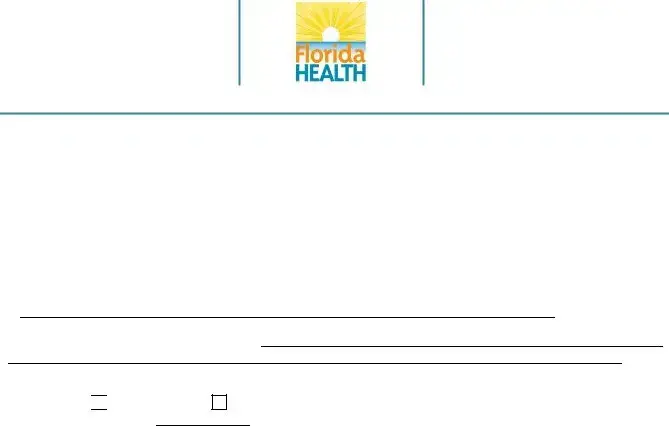What is the purpose of the ARNP Florida Protocol form?
The ARNP Florida Protocol form is used by physicians to officially declare a formalized collaboration with Advanced Registered Nurse Practitioners (ARNPs), Emergency Medical Technicians (EMTs), or Paramedics for the performance of specified medical acts. This collaboration is in compliance with Florida Statute s. 458.348(1)(a), which mandates that such protocols are approved and filed with the Board of Medicine to ensure adherence to state laws governing healthcare practices.
Who needs to file the ARNP Florida Protocol form?
Physicians who enter into an established protocol with ARNPs, EMTs, or Paramedics to perform medical acts that have been identified and approved must file this form. It is a necessary step for these health professionals to legally collaborate in the state of Florida, documenting the agreement and roles each party will play in patient care.
When should the ARNP Florida Protocol form be filed?
The form must be filed within 30 days of establishing the protocol between the physician and the ARNP, EMT, or Paramedic. Additionally, a notification must also be sent within 30 days if the established protocol is terminated or if there are any changes to the arrangement. For ARNPs, it is also required to file this form within 30 days upon the renewal of their license.
What information is required on the ARNP Florida Protocol form?
The form requires detailed information including the name and license number of the physician establishing the protocol, the names and license numbers of the ARNPs, EMTs, or Paramedics involved, and the effective date of the protocol. It also requires the signature of the physician to confirm the accuracy of the information and agreement to the established protocol.
How is the ARNP Florida Protocol form submitted?
The completed ARNP Florida Protocol form should be submitted to the Department of Health, Board of Medicine by mail or fax. The address provided is 4052 Bald Cypress Way, BIN C-03, Tallahassee, FL 32399-3253, and the fax number is 850-488-0596. No additional documentation is required at the time of submission.
Can multiple ARNPs, EMTs, or Paramedics be included on a single form?
No, each form allows for the inclusion of only one physician. However, physicians who are establishing protocols with more than one ARNP, EMT, or Paramedic are advised to use extra sheets to include additional practitioners. Each professional involved must have their information accurately filled out on the form or attached sheets.
What happens if the protocol or agreement is terminated?
If the protocol or formal agreement between the physician and the ARNP, EMT, or Paramedic is terminated, the physician must notify the Board of Medicine within 30 days. This notification ensures that the state’s records accurately reflect the current status of professional collaborations and adheres to legal requirements.
Are there any fees associated with filing the ARNP Florida Protocol form?
The provided information does not mention any filing fees for the ARNP Florida Protocol form. However, it's always recommended to check with the Florida Board of Medicine or the Department of Health for the most current information regarding possible fees or charges associated with the submission of this form.


 entered into a established protocol with
entered into a established protocol with